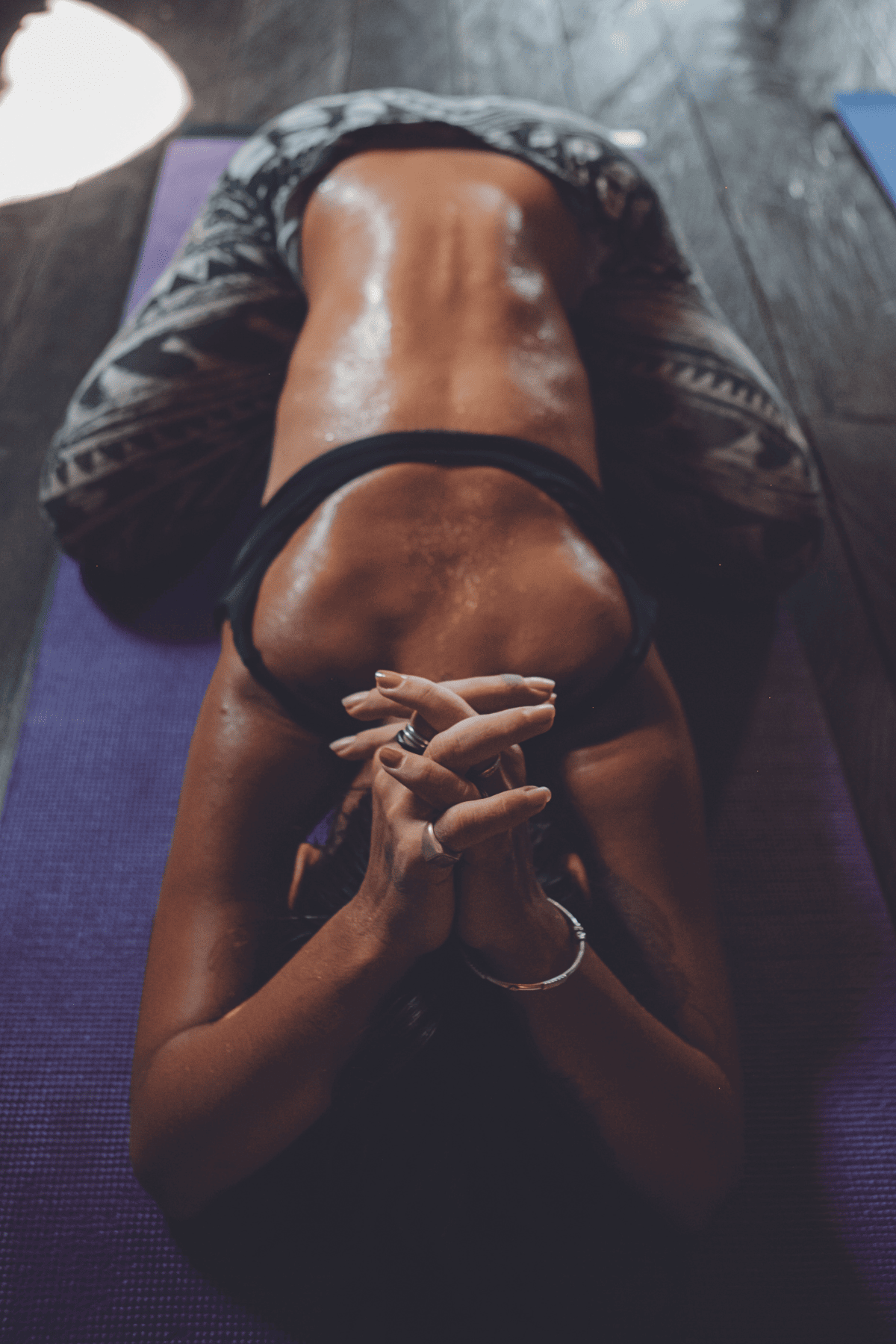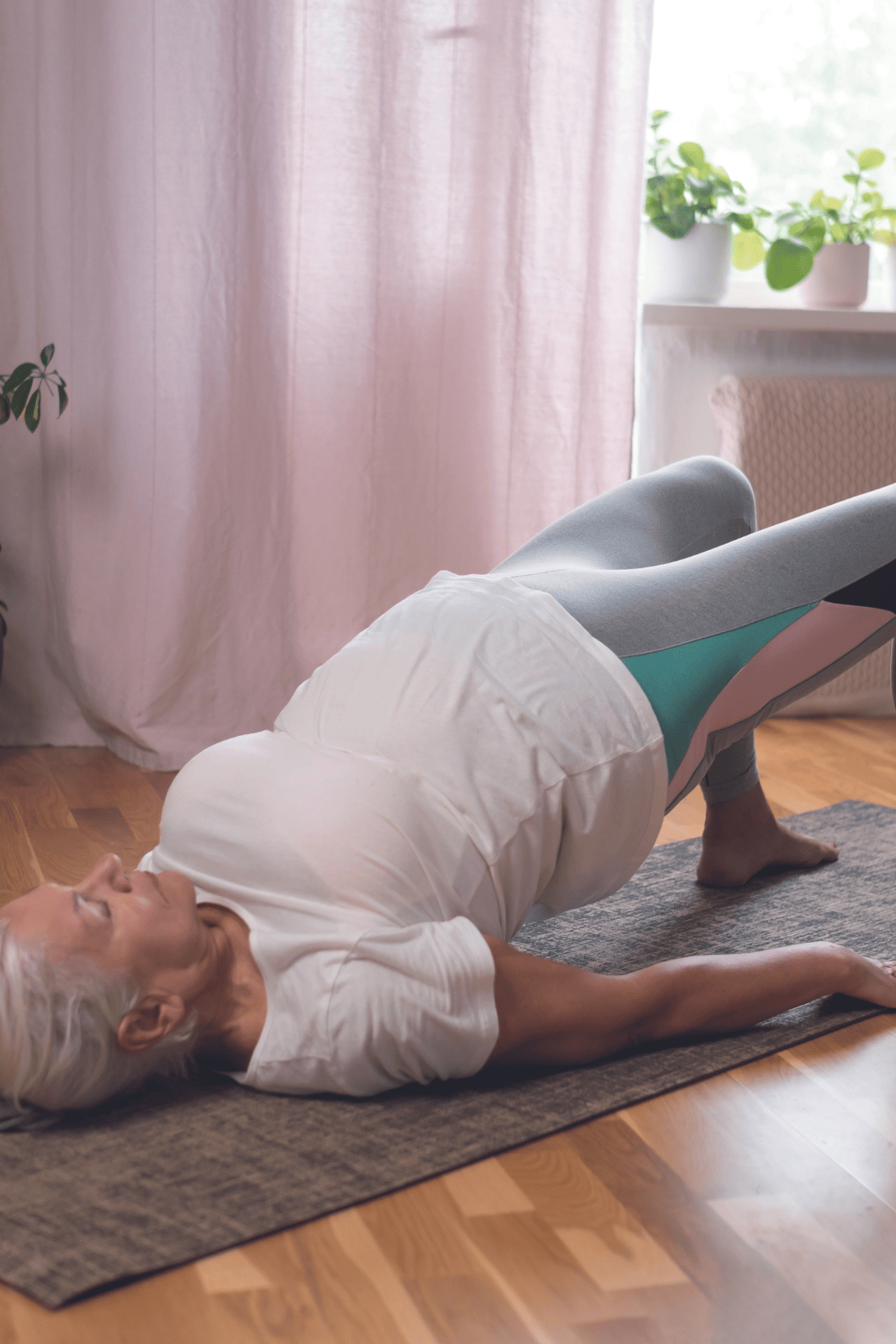
3 Yoga Myths Unravelled
No one doubts that yoga is good for you, but it can be hard to separate fact from fiction when it comes to how the practice really affects body and mind. Here, yoga teacher and former medical doctor, Andrew McGonigle, examines three common claims about yoga’s impact on our physiology
Reading time: 4 minutes
In recent years, I have discovered a joy in examining the many ‘old wives’ tales’ that tend to spread like wildfire through the yoga community. Does practicing Headstand stimulate the thyroid gland? Does twisting the abdomen help the liver detoxify? While not everything has to be evidence-based or quantified, I believe in the importance of trying to separate theory from fact, particularly when making bold claims about how yoga can improve our health or even help us to recover from illness and injury. Here, I examine three specific claims about yoga’s impact on our physiology using insights from scientific research: yoga inversions bring more blood to the brain; heavy sweating during hot yoga detoxes the body; and yin yoga targets our fascia.
Myth or Fact?
Heavy Sweating During Hot Yoga Detoxes the Body
Detoxification is the physiological processes through which the body identifies, neutralises and eliminates toxic substances and metabolic byproducts. Detoxification is an essential part of homeostasis and our bodies naturally possess the capacity to perform these processes very effectively. Without an effective detoxification system, we would be very unwell.
Sweat glands are often perceived to play an important excretory function, similar to that of the kidneys. However, in a comprehensive review, one study concluded that the role of the sweat glands in eliminating waste products and toxicants from the body seems to be minor compared with other avenues of breakdown (liver) and excretion (kidneys and gastrointestinal tract). Studies suggesting a larger role of sweat glands in clearing waste products or toxicants from the body (for example, concentrations in sweat greater than that of blood) may be an artefact of methodological issues rather than evidence for selective transport. Nevertheless, some studies have also shown that perspiration plays a role in skin hydration and microbial defence.
So, it appears that heavy sweating in a hot yoga class or in a sauna might not help us to relinquish all those perceived toxins after all. However, the good news is that practicing yoga as part of a healthy lifestyle will allow our kidneys, liver and gastrointestinal tracts to continue to work optimally.

Myth or Fact?
Yoga Inversions Bring More Blood to the Brain
There is widespread belief that inverting the body during asanas such as Headstand has many potential benefits from increasing blood flow to the brain to stimulating the pineal gland.
The brain has the very important ability to maintain relatively constant blood flow despite changes occurring elsewhere in the body. In healthy adults, large changes in blood pressure result in little or no change in cerebral blood flow. This mechanism of autoregulation of cerebral blood flow is vital since the brain is very sensitive to too much or too little blood flow. Only in severe head injury or acute ischemic stroke do we lose this autoregulation, leaving surviving brain tissue unprotected against the potentially harmful effect of blood pressure changes. So, it is reassuring to know that whether you regularly invert your body or not, your brain is receiving just the right amount of blood supply to meet its demands.
One physiological process that inverting the body can help with is venous return. Blood is easily pumped to our lower limbs from the heart via large arteries; however, returning blood to the heart is not such an easy process. The walls of the veins are considerably thinner, and their hollow passageways (lumens) are correspondingly larger in diameter compared to arteries, allowing more blood to flow with less vessel resistance. But by the time blood has passed through capillaries and entered venules and then veins, the pressure initially exerted on it by heart contractions has diminished significantly. While arteries can constrict quite dramatically, veins really only stiffen. The venous system is also normally working against gravity to return blood from the lower limbs to the heart. Inverting the body causes a transient increase in venous return. Therefore, incorporating yoga asanas such as Bridge Pose or Legs-Up-the-Wall into a yoga practice can have an impact on venous return.
Myth or Fact?
Yin Yoga Targets the Fascia
It is commonly claimed that yin yoga works on the connective tissues of the body, particularly the fascia, the thin casing of connective tissue that surrounds all muscles as well as every other organ, blood vessel, bone and nerve fibre. But does yin yoga, wherein poses are often held for three to five minutes, really target the fascia*?
Participants in a yin class are often asked to release all muscular tension and relax into the pull of gravity, whereas participants in a vinyasa class might be asked to co-contract antagonist muscles or core muscles. No matter what instruction is given, a stretch is a stretch — and a stretch is a tensile force on a muscle. When a tensile force is applied to a muscle, it is also applied to the surrounding fascia and invested muscle fibres and bundles. The muscle and fascia are so interwoven that you cannot choose which one you are stretching by contracting or not contracting certain other muscles.
It should be noted that as a stretch (or tensile force) is applied to tissues, they creep. Creep is the biomechanical term for the deformation of viscoelastic tissues. Once the tensile force is removed, tissues then recover and return to their original length, as long as they have not been elongated beyond their elastic capacity. One study looked at creep in the muscle tendon unit of living humans during a 30-second stretch, finding that the greatest amount of creep was measured to occur within the first 15 to 20 seconds. Beyond that, to our knowledge, no studies exist on yoga poses and creep, which means we do not know the ideal duration for stretching tissues or how long tissues take to fully recover from their creep.
So, yes, yin yoga does affect the fascia* of our bodies but not in isolation from muscles – and not any more than the same stretch performed in a different way (i.e., a more active way). Yin yoga, or any stretch held for three to five minutes, will affect the fascia*, but the ideal frequency and duration remain a mystery.

Andrew McGonigle has been studying anatomy for 20+ years, originally training as a doctor before moving away from Western medicine to become a yoga teacher, and running his own Yoga Anatomy Online Course. He is the author of two books, Supporting Yoga Students with Common Injuries and Conditions: A Handbook for Yoga Teachers and Trainees (2021) and The Physiology of Yoga (2022). Visit: doctor-yogi.com or connect on IG: @doctoryogi
*commission earned from this link


